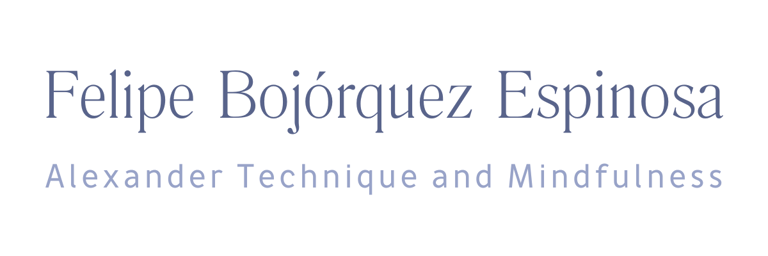How we perceive our own body and its movement
NEUROSCIENCE AND ANATOMY
Felipe Bojórquez Espinosa
Body awareness: how we perceive our own body
Our body is filled with sensors that respond to different stimuli — gentle touches, pressure, pain, warmth, or cold. However, there are two additional elements that operate almost entirely outside our conscious awareness, yet are fundamental to how we perceive ourselves. Although science has been studying these sensory channels for decades, it is only recently that we’ve begun to understand how they relate to specific areas of the brain.
Proprioception: the perception of oneself
Imagine for a moment the muscles, bones, joints, and tendons of your body. These tissues contain specialized receptors that detect subtle movements, such as the trembling of a muscle fiber, mechanical stress on a bone, the rotation of a joint, or the stretching of a tendon. Each time these sensors detect a change, they send information to the brain to update our sense of location and our body’s organization in space.
This process is known as proprioception, the perception of oneself. The sensors that register body weight and posture allow our movements to be smooth and coordinated — even without consciously thinking about each action. Proprioception develops and refines as we practice new skills, and although most of this process occurs beneath our awareness, it is vital for our daily functioning.
The information within us
Our brain holds an accurate mental representation of our body, known as the body schema. This schema depends not only on the signals arriving from the skin, muscles, and joints, but also on what is commonly called muscle memory. Although the term isn’t entirely precise — since these memories don’t actually reside in the muscles but rather in the brain’s motor maps — it describes the implicit knowledge of how we move and what our body is capable of doing.
For instance, when we reach out to grab an object like a cup of coffee, we don’t need to consciously think about the exact position of our hand. The brain processes this information automatically, thanks to the internal representation of our body and its movements.
This body schema is not static; it is constantly updated based on the flow of sensations received from our skin, joints, and muscles. This ongoing process keeps our sense of bodily ownership accurate and current, even when we are not consciously aware of it. Our ability to move fluidly and adapt to our surroundings is directly linked to how our brain maps and processes these sensations.
How our body expands beyond itself
A fascinating aspect of the body schema is its ability to adapt to the objects we use in our everyday lives. According to neurologist Sir Henry Head, any object that actively participates in our movements becomes integrated into our mental model of the body. This means that elements such as clothing, backpacks, or even a hat, when used regularly, are incorporated into our body schema.
An interesting example is that of a musician playing an instrument. When a flutist performs, their posture automatically adjusts to achieve what they perceive as the optimal position for playing. Through conscious practice, as the musician becomes more familiar with the technique, the brain continually fine-tunes the information it sends to the rest of the body, aiming to avoid unnecessary tension and optimize movement. This adjustment occurs automatically, based on what the musician thinks and practices in each moment. The brain does not distinguish whether what we are doing is constructive or harmful — if we practice with excess tension, that becomes what feels “right” to the organism. This is why conscious musical practice is essential.
The concept of the body schema was first proposed in 1911 by British neurologists Sir Henry Head and Gordon Holmes, who discovered that signals from the musculoskeletal system are sent to the brain to determine our posture and the position of our limbs. This means that, beyond tactile sensations, the brain builds an internal map of our body and its constant interaction with the surrounding world.
This implicit knowledge about our body not only allows us to move fluidly but also shapes how we perceive our environment. For example, the peripersonal space — the area surrounding our body — is crucial for our safety. Our brain interprets anything that intrudes upon this space as a potential threat, triggering an automatic alert response.
Ultimately, becoming aware of our body schema can enhance our relationship with our own body and with the world around us. For instance, by practicing methods such as the Alexander Technique, we can learn to become more aware of how our body moves, organizes itself, and adapts to the demands of daily life. This awareness not only improves posture and physical well-being but also helps us become more attuned to our space — both internal and external.
References
Blakeslee, S., & Blakeslee, M. (2008). The Body Has a Mind of Its Own.
Related articles
Well-balanced flutist
Alexander Technique and Mindfulness in everyday musical practice.
Specialized support for high-performance flutists and flute students.
© 2025. All rights reserved. Privacy policy.
Menu:
Lessons
About me
